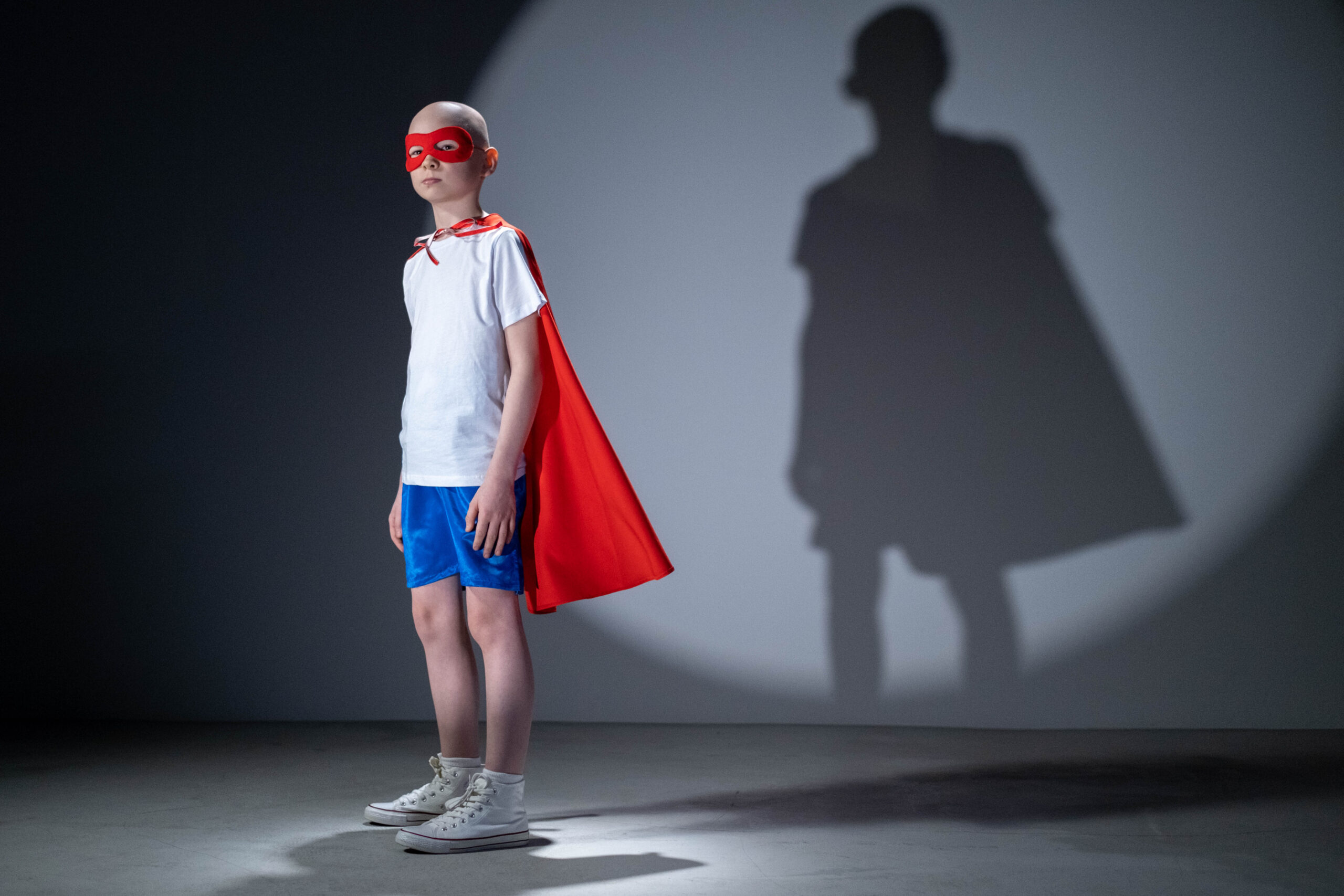What is alopecia?
Title: Understanding Alopecia: Causes, Symptoms, and Treatment
Introduction:Hair loss can be distressing, affecting our self-esteem and overall well-being. One such condition is alopecia, a condition that causes hair to fall out in patches and, in severe cases, may lead to complete hair loss. In this blog, we will delve into what exactly alopecia is, its causes, symptoms, and available treatment options.
What is Alopecia?Alopecia is an autoimmune disorder that affects the hair follicles, leading to hair loss. The immune system, which normally defends the body against foreign substances, mistakenly attacks the hair follicles, causing them to become inflamed and resulting in hair loss.
Types of Alopecia:There are several types of alopecia, with the most common being:
1. Alopecia Areata: This form of alopecia results in round or oval patches of hair loss on the scalp, face, or other areas of the body.
2. Alopecia Totalis: In this type, complete hair loss occurs on the scalp.
3. Alopecia Universalis: This is the most severe form, causing complete hair loss on the scalp and body, including eyebrows and eyelashes.
Causes:While the exact cause of alopecia remains unknown, researchers believe that a combination of genetic and environmental factors contribute to its onset. Individuals with a family history of autoimmune disorders, such as rheumatoid arthritis or lupus, may have a higher risk of developing alopecia.
Symptoms:The primary symptom of alopecia is hair loss. This can occur suddenly or gradually, and the affected patches may be smooth, without any visible signs of inflammation or scarring. In some cases, individuals may experience mild itching or a tingling sensation prior to hair loss.
Treatment Options:While there’s no known cure for alopecia, there are several treatment options available to manage the condition and promote hair regrowth:
1. Medications: Corticosteroids, either applied topically or injected into the affected area, are commonly prescribed to reduce inflammation and stimulate hair regrowth.
2. Topical Immunotherapy: This treatment involves applying a chemical solution to the affected area to provoke an allergic reaction, stimulating hair regrowth.
3. Minoxidil: This over-the-counter medication is known to promote hair growth and is often used in combination with other treatments.
4. Wigs and Hairpieces: For those experiencing severe hair loss, wigs or hairpieces can help enhance self-confidence and provide a temporary solution.
5. Supportive Therapy: Joining support groups or seeking counseling can help individuals cope with the emotional impact of hair loss and improve their overall well-being.
Conclusion:Alopecia is a complex condition that affects individuals of all ages and genders. While it can be emotionally challenging, there are treatment options available to manage the condition and promote hair regrowth. If you or someone you know is experiencing hair loss, it is important to consult with a healthcare professional or dermatologist who can provide an accurate diagnosis and guide you towards the most suitable treatment plan. Remember, with the right support and treatment, it is possible to regain confidence and embrace a positive outlook on life despite alopecia.



